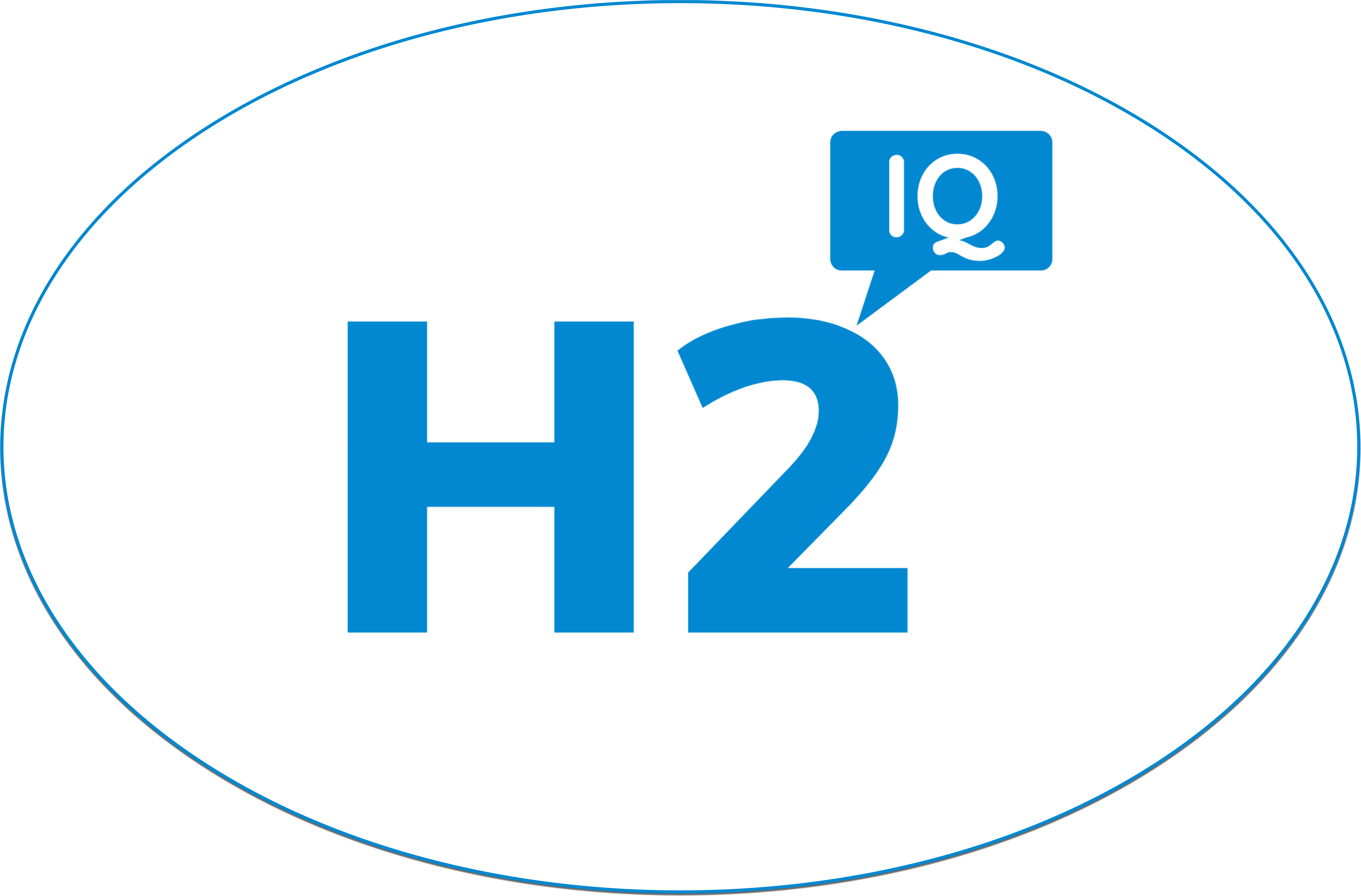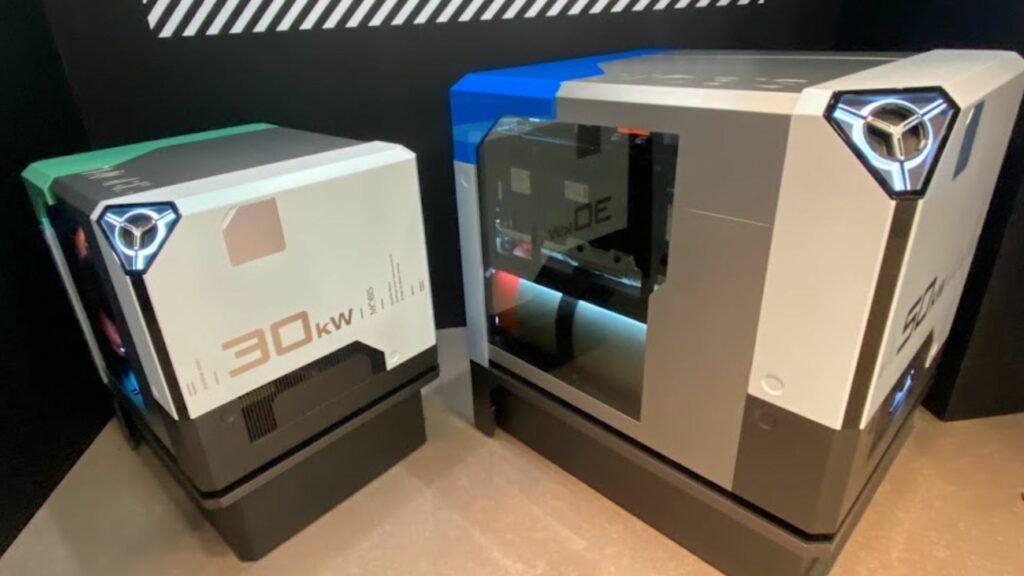In the rapidly advancing world of warehouse management and material handling, the quest for efficient, sustainable power solutions that are also the best power source for forklifts, is more pressing than ever. H2IQ.com presents an in-depth comparative analysis of the leading power sources for forklifts, spotlighting the shift towards greener and more innovative energy options.
Lead Acid Batteries: The Traditional Workhorse
Lead acid batteries have long been the standard in forklift operations, appreciated for their reliability and cost-effectiveness. However, they require frequent maintenance and have a significant environmental footprint due to their lead content and acid use. Recent advancements have improved their charge retention and reduced lead contamination, but they still lag behind newer technologies in terms of sustainability.
Energy Efficiency Metrics: Lead acid batteries typically have an energy efficiency of 85-90%, with a lifespan of 500-1,000 charge cycles.
Cost Comparison: While inexpensive initially, the long-term costs of replacement, maintenance, and disposal can accumulate, making them less cost-effective over time.
Resources to Manage Lead Acid Batteries
- Lead acid battery maintenance online training
- Opportunity charging analysis – Will opportunity charging work in my operation?
- Battery maintenance and best practices article
- Forklift Battery Maintenance Cost Calculator
- The Price of a Forklift Battery
- The True Cost To Charge A Forklift Battery
- What is the Ampere-Hour Capacity of a Forklift Battery?
Lithium Ion Batteries: The Efficient Successor
Lithium ion batteries are gaining traction as a robust alternative, offering higher energy density and operational efficiency. They charge faster, reduce downtime, and their longer lifespan means fewer replacements. The upfront cost is higher than lead acid batteries, but when considering the total cost of ownership, including energy costs and productivity gains, lithium ion batteries often present a more economical choice in the long run.
Environmental Impact: With no harmful lead or acid, lithium ion batteries boast a smaller environmental footprint, and their recyclability further enhances their green credentials.
Thin Plate Pure Lead (TPPL) Batteries: The Robust Innovator
TPPL batteries are a modern take on lead acid technology, with thin pure lead plates that enable faster charging and higher energy output. They bridge the gap between traditional lead acid and lithium ion batteries, offering durability and performance improvements. Designed for demanding applications, TPPL batteries can endure deeper discharge cycles without significant degradation.
Future Developments: Ongoing research aims to enhance TPPL technology further, focusing on increasing energy density and reducing weight and costs.
Hydrogen Fuel Cells: The Clean Energy Frontier
Hydrogen fuel cells represent the pinnacle of clean energy for forklifts, with zero-emission operation and rapid refueling capabilities. They are particularly suited for continuous, high-intensity operations where downtime can be costly. As hydrogen production becomes more sustainable, the long-term benefits of fuel cells could outweigh the initial infrastructure investments.
Cost-Benefit Analysis: While the initial setup for hydrogen infrastructure is substantial, the long-term operational savings, coupled with environmental benefits, can justify the investment for many businesses.
Embracing the Future of Energy
The transition to cleaner, more efficient energy sources is a strategic move towards sustainability in material handling. The industry is weighing the balance of cost, performance, and environmental impact to guide the choice of power for the forklifts of tomorrow. H2IQ.com continues to champion the innovations driving this change, providing our readers with comprehensive knowledge to make informed decisions for a greener future.
For further details on how these power sources can revolutionize your warehouse operations, stay tuned to H2IQ.com, your premier hydrogen and energy information resource.





